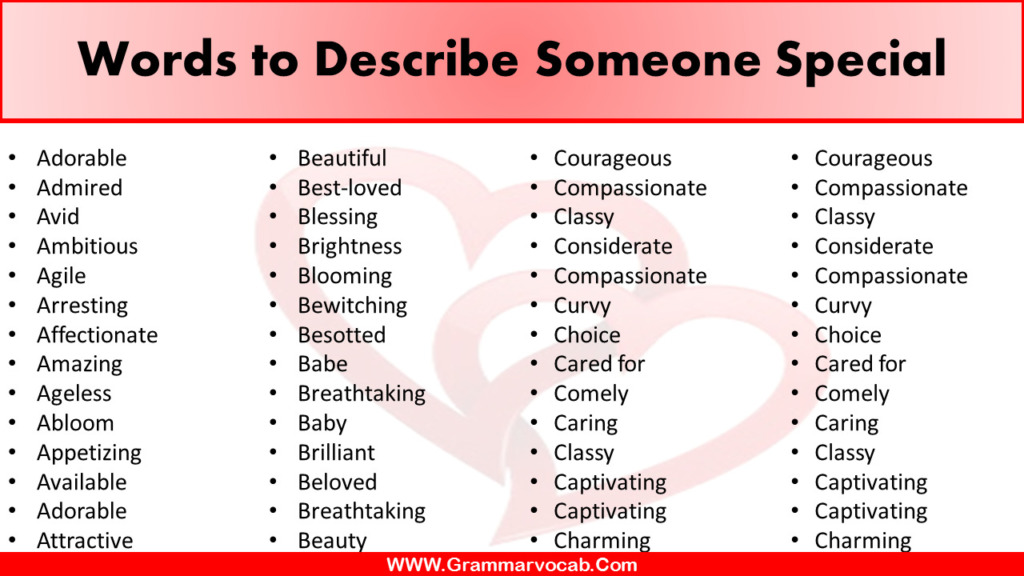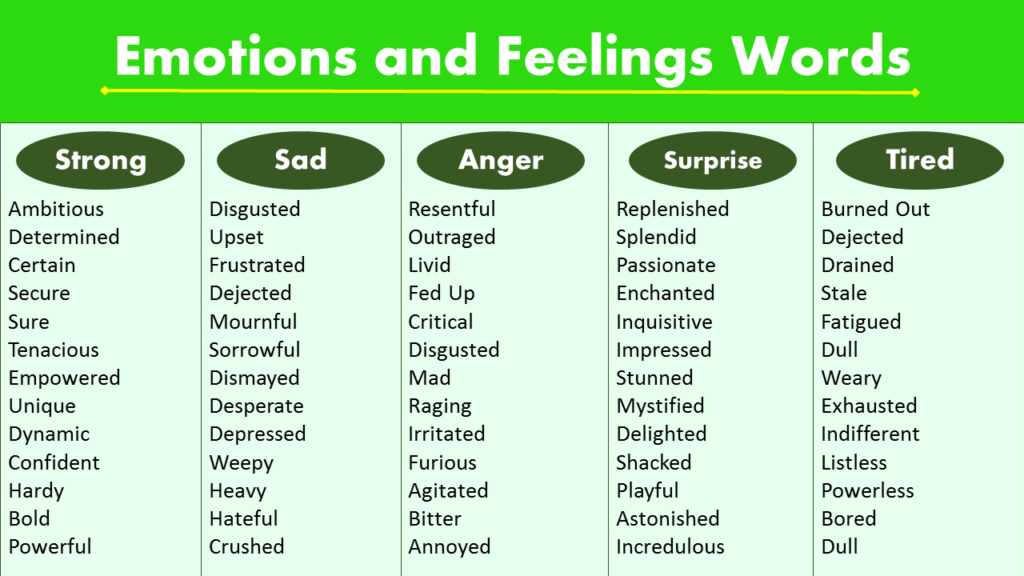Touch is a fundamental aspect of human experience, and our vocabulary for describing different types of touch is rich and varied. From the gentle brush of a lover’s hand to the painful sting of a bee, touch can convey a wide range of sensations and emotions. In this blog post, we will explore some of the most common words to describe touch. Whether you are a writer looking to improve your descriptive skills or simply interested in deepening your understanding of the human sense of touch, this post will offer insights and inspiration.
How to Describe Touch in Writing
Describing touch in writing can add depth and sensory richness to your writing, making it more vivid and engaging for readers. Here are some tips on how to effectively describe touch in writing:
Use sensory details: Use sensory details such as texture, temperature, pressure, and weight to describe touch. For example, “her soft, warm hand touched mine lightly.”
Choose the right words: Use descriptive and specific words to convey the sensation of touch. Avoid using overused or clichéd words like “soft” or “hard” and instead, try to be more descriptive. For example, instead of saying “the fabric was soft,” you could say “the fabric felt like a cloud against my skin.”
Consider the context: The context of the touch can affect how you describe it. For example, a touch in a romantic situation may be described differently than a touch in a professional setting.
Show, don’t tell: Instead of simply telling readers how the touch feels, show them through actions and descriptions. For example, “he ran his fingers over the rough, uneven surface of the stone.”
Use metaphors and similes: Using metaphors and similes can help you convey the sensation of touch in a more creative and engaging way. For example, “her touch was like a warm summer breeze on my skin.”
Use the character’s perspective: Describing touch from the perspective of the character experiencing it can add depth and emotional resonance to your writing. For example, “her touch sent shivers down my spine, filling me with a sense of warmth and comfort.”
Positive Words to Describe Touch
Soft: gentle, delicate, smooth
Warm: cozy, comforting, soothing
Tender: affectionate, loving, gentle
Smooth: sleek, velvety, silky
Pleasant: enjoyable, agreeable, satisfying
Invigorating: refreshing, stimulating, energizing
Soothing: calming, relaxing, tranquilizing
Comforting: consoling, reassuring, supportive
Electric: exciting, energizing, thrilling
Satisfying: fulfilling, gratifying, and pleasing
Caressing: lovingly stroking, fondling, cuddling
Gentle: mild, soft, light
Velvety: smooth, plush, silky
Tingly: prickly, titillating, stimulating
Sensual: arousing, tantalizing, erotic
Gliding: smooth, effortless, easy
Supple: flexible, pliant, and adaptable
Luxurious: opulent, extravagant, and sumptuous
Bountiful: abundant, plentiful, and ample
Kissable: desirable, tempting, enticing
Embracing: warm, affectionate, enveloping
Nurturing: caring, supportive, tender
Rejuvenating: refreshing, revitalizing, restorative
Affectionate: loving, caring, warm-hearted
Delightful: pleasing, enjoyable, charming
Heavenly: divine, blissful, ethereal
Enveloping: surrounding, wrapping, enclosing
Heartening: inspiring, encouraging, uplifting
Restful: peaceful, calming, relaxing
Energizing: invigorating, rejuvenating, revitalizing

Negative Words to Describe Touch
While it’s important to use positive words to describe touch in most cases, sometimes you may want to use negative words to describe touch to convey discomfort, pain, or unpleasantness. Here are some negative words to describe touch:
Painful: causing physical pain or discomfort
Rough: uneven, coarse, harsh
Unpleasant: not enjoyable, disagreeable, offensive
Agonizing: causing intense physical or emotional pain
Numbing: causing a loss of sensation or feeling
Grating: irritating, jarring, unpleasant
Prickly: causing a tingling, stinging or itchy sensation
Stiff: rigid, inflexible, hard
Biting: sharp, intense, piercing
Jarring: sudden and unpleasant
Awkward: uncomfortable, clumsy, ungainly
Abrasive: rough, harsh, unpleasant
Slimy: slippery, gooey, unpleasant
Repulsive: disgusting, revolting, loathsome
Clammy: cold, damp, sticky
Scalding: extremely hot, burning, searing
Tense: tight, strained, stressed
Nauseating: causing a feeling of sickness or disgust
Disruptive: disturbing, upsetting, unsettling
Unwelcome: not wanted, unwarranted, uninvited

How to Describe a Lovers Touch
Describing a lover’s touch can be an intimate and sensual experience. Here are some tips on how to effectively describe a lover’s touch in writing:
Use sensory details: Use sensory details such as texture, temperature, pressure, and weight to describe the touch. For example, “his fingers were warm and gentle as they traced the curves of her body.”
Show, don’t tell: Instead of simply telling readers how the touch feels, show them through actions and descriptions. For example, “he ran his fingertips down her spine, causing her to shiver with pleasure.”
Use metaphors and similes: Using metaphors and similes can help you convey the sensation of touch in a more creative and engaging way. For example, “his touch was like a warm summer breeze on her skin, sending shivers down her spine.”
Consider the emotional context: The emotional context of the touch can affect how you describe it. A touch in a romantic setting may be described differently than a touch in a platonic setting.
Describe the physical and emotional response: Describing how the character responds physically and emotionally to the touch can add depth and resonance to your writing. For example, “her heart raced as he brushed his lips against her neck, sending a rush of heat through her body.”
Use the character’s perspective: Describing touch from the perspective of the character experiencing it can add intimacy and depth to your writing. For example, “she felt his strong arms wrap around her, holding her close, and she knew at that moment that she was exactly where she belonged.”
Also Learn: Words to describe touch



